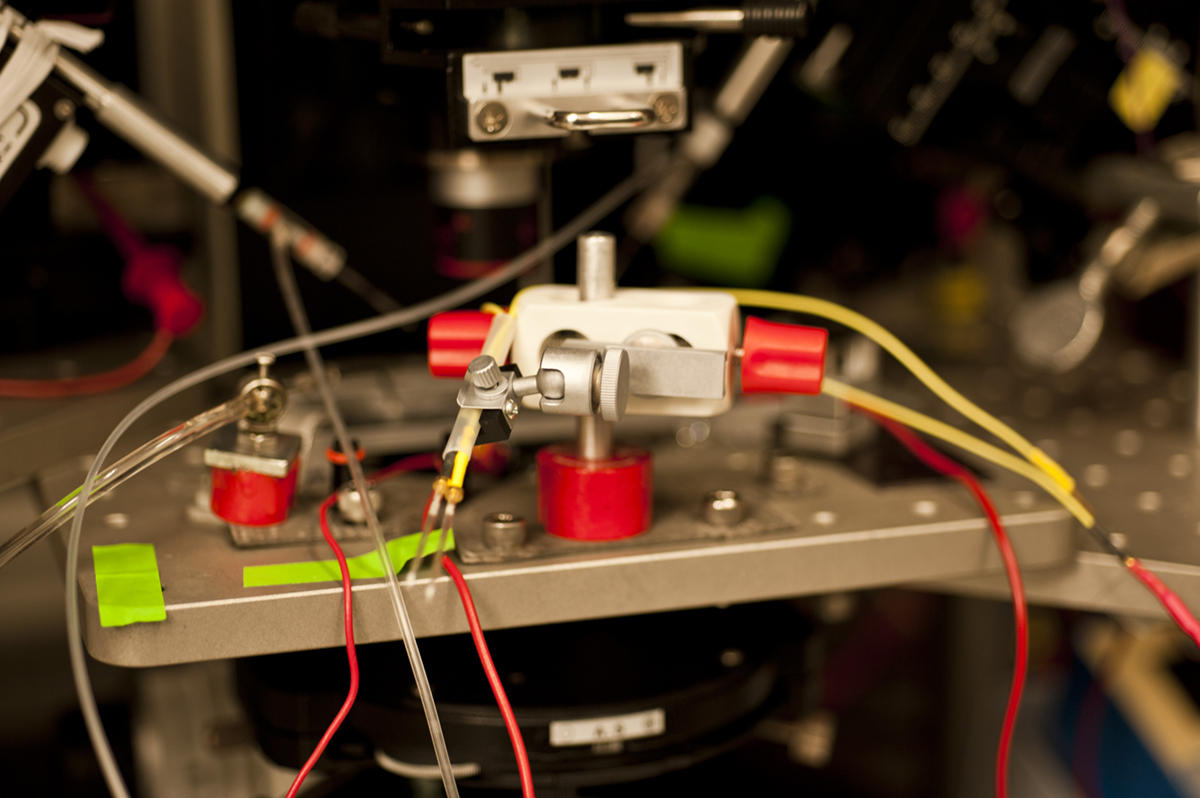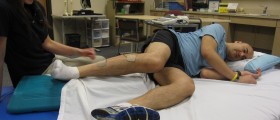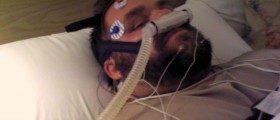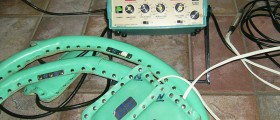
Transcutaneous electrical nerve stimulation (TENS) is a treatment modality in which low-voltage electrical impulses are released through electrodes inserted into the skin and they reduce the intensity of pain. The electrodes are inserted into the painful body area. Electrical current is generated in a special device and is then transferred to the body. It is estimated that this type of therapy may reduce certain types of pain. For example, patients suffering from mild pain that does not last long may benefit from TENS while chronic pain and more intensive pain may not be brought under control with this particular method.
Who Can Benefit From Transcutaneous Electrical Nerve Stimulation?
People who support transcutaneous electrical nerve stimulation state that this type of treatment may be very beneficial for acute pain and even chronic pain associated with surgery, childbirth, migraines and tension headaches. Furthermore, pain relief can also be obtained in people who have had injuries or suffer from arthritis, lower back pain, neck pain, fibromyalgia, tendonitis and bursitis. Positive effects can also be achieved in people suffering from cancer and chronic wounds. Practitioners of TENS claim that this particular method increases the synthesis of endorphins. Endorphins are endogenous opoid peptides or, to be more precise, neurotransmitters that act as natural painkillers. TENS does not take care of the underlying cause of pain but can bring pain under control and reduce its intensity. The actual evidence regarding TENS point that the method may provide only with short-term pain relief.
Transcutaneous Electrical Nerve Stimulation
Transcutaneous electrical nerve stimulation system comprises a source of electrical current and electrodes that are connected to the device with wires. Once the electrodes are inserted in the painful body area the device is turned on and a mild electrical current flows to the painful area. Patients commonly report tingling sensation or warmth in the treated part of the body.
The entire length of the procedure usually does not exceed 15 minutes and it is usually repeated several times in order for the desirable results to be achieved.
What Are the Risks of Transcutaneous Electrical Nerve Stimulation?
This treatment modality is rather safe. It can only be performed by a well experienced professional since improper administration of electrical current may cause accidental burns and irritation of the skin. The procedure should not be used with people suffering from heart conditions hence it is best to check the patient's medical history and investigate all the conditions he/she is suffering from and medications he/she is currently using prior to starting with the treatment. Furthermore, people with pacemakers, defibrillators, infusion pumps and such devices must never be treated with TENS. Electrodes are never placed over certain organs including eyes, heart, brain and throat. And finally, the procedure is forbidden for pregnant women.

















Your thoughts on this
Loading...